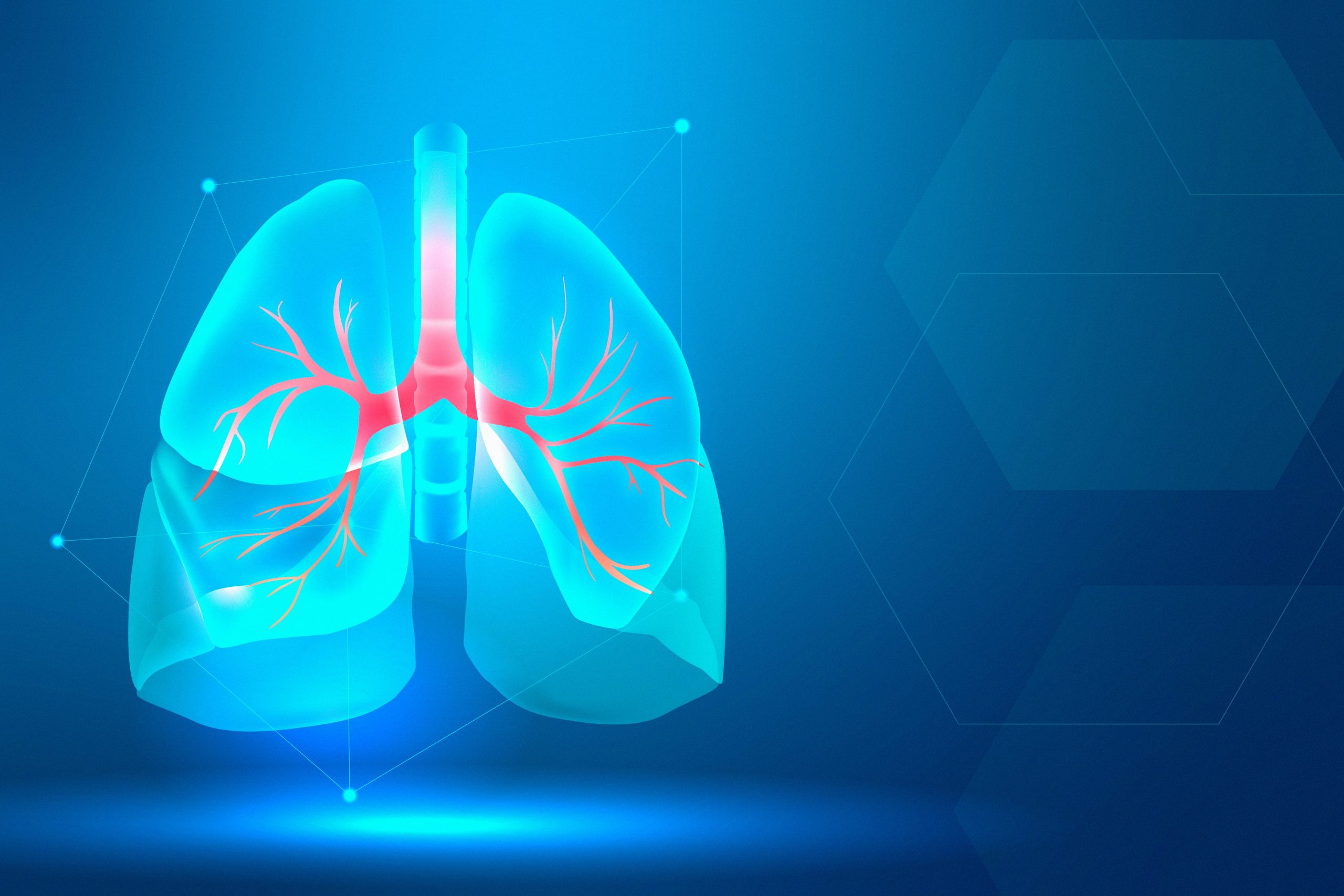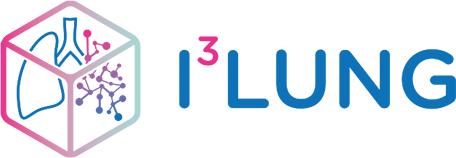Lung cancer from a global perspective

Lung cancer
Cancer is an omnipresent reality in our lives. It affects countless individuals and their families, leaving a devastating impact on all those involved. Despite its prevalence, there is still much to be learned about this disease and how to find better treatments.
The lungs are essential organs of the human body, playing a critical role in keeping us alive by controlling respiration, providing oxygen to the bloodstream, and removing carbon dioxide from the body. Unfortunately, these vital organs are also susceptible to the development of lung cancer.
Lung cancer, a malignant disease of the lung tissue, is a major global health concern. According to the World Health Organization, lung cancer has been the second most common type of cancer in 2022 and the leading cause of cancer-related deaths worldwide.
Types of lung cancer
There are two primary types of lung cancer: non-small cell lung cancer (NSCLC) and small cell lung cancer (SCLC).
NSCLC, the type of lung cancer we focus on in I3LUNG, is the most common type and is less aggressive than SCLC. It includes several subtypes, such as adenocarcinoma, squamous cell carcinoma, and large cell carcinoma.
SCLC is a less common type of lung cancer and unfortunately, it’s not detected until it has spread to other parts of the body through a process known as metastasis.
NSCLC can also metastasize, which is why early detection is critical to prevent its spread.
Demography and statistics of lung cancer
Cancer is a disease that affects people of all ages, genders, ethnicities, and races. It does not discriminate. Genetic and hormonal differences, along with various environmental exposures and other factors, can lead to disparities in cancer risk among different populations. Fortunately, the number of cases is decreasing due to people quitting smoking and advances in early detection. The majority of lung cancer cases are located in Europe, particularly in Eastern Europe (according to the World Cancer Research Fund International).

Lung cancer rates by World Cancer Research Fund International
The incidence of lung cancer increases with age, with most cases occurring in individuals around 65 years old. However, a smaller number of patients may be diagnosed at the age of 40 to 45 years old.
In contrast to decades past, when lung cancer was predominantly seen as a men’s disease, the incidence of lung cancer has risen among women. The difference in their incidence can be attributed to a variety of factors, including different smoking habits, occupational exposure to carcinogens, and genetic differences. Despite this, according to the American Cancer Society, the mortality rate for women is still lower than that of men.
The American Cancer Society reports that black men are 12% more likely to develop lung cancer than white men, while black women are 16% less likely to develop it than white women. An article by Matthew Schabath on “Racial and Ethnic Differences in the Epidemiology and Genomics of Lung Cancer” further explores the matter, mentioning that the survival rate of lung cancer patients differs according to their race and ethnicity, with white individuals having a higher survival rate than the black population. However, for small cell lung cancer (SCLC), black men are less likely to develop it than white men.
Survival rates for lung cancer vary depending on the type (SCLC being more severe than NSCLC) and the stage at which it is detected, as well as other factors. Therefore, early detection of the disease is essential to provide the patient with an effective treatment from the start.
Lung cancer prevention
The best way to prevent lung cancer is to never start smoking, or to quit it as soon as possible if you already do. Quitting smoking can drastically reduce your chances of developing the disease and improve your overall health.
Other ways to reduce the risk of having lung cancer include:
- Avoiding exposure to second-hand smoke, as it can also increase the risk of lung cancer.
- Avoiding exposure to other carcinogens: Certain occupations and industries expose workers to carcinogens such as asbestos, diesel exhaust, and certain chemicals, which can increase the risk of lung cancer. It’s important to be aware of these risks and take steps to reduce exposure.
- Eating a healthy diet and maintaining a healthy weight: Some research suggests that a diet high in fruits and vegetables may help reduce the risk of lung cancer. Being overweight or obese may also increase the risk of lung cancer.
- Exercise regularly: Regular physical activity is associated with a reduced risk of lung cancer.
It’s also worth noting that early detection and treatment of lung cancer can improve outcomes, so it’s important to be aware of the symptoms of lung cancer and to see a doctor if you have any concerns.
I3LUNG and lung cancer
At I3LUNG, we are dedicated to providing personalized treatment for patients with metastatic non-small cell lung cancer (NSCLC) by using artificial intelligence. We are committed to ensuring that patients receive the care and treatment tailored to their individual needs, to improve their quality of life during this difficult time.
For more information, please visit the Project section in our website.
Stay tuned for more information and don’t forget to follow us on our social networks:
LinkedIn | Twitter | Instagram | Facebook
Share on:
